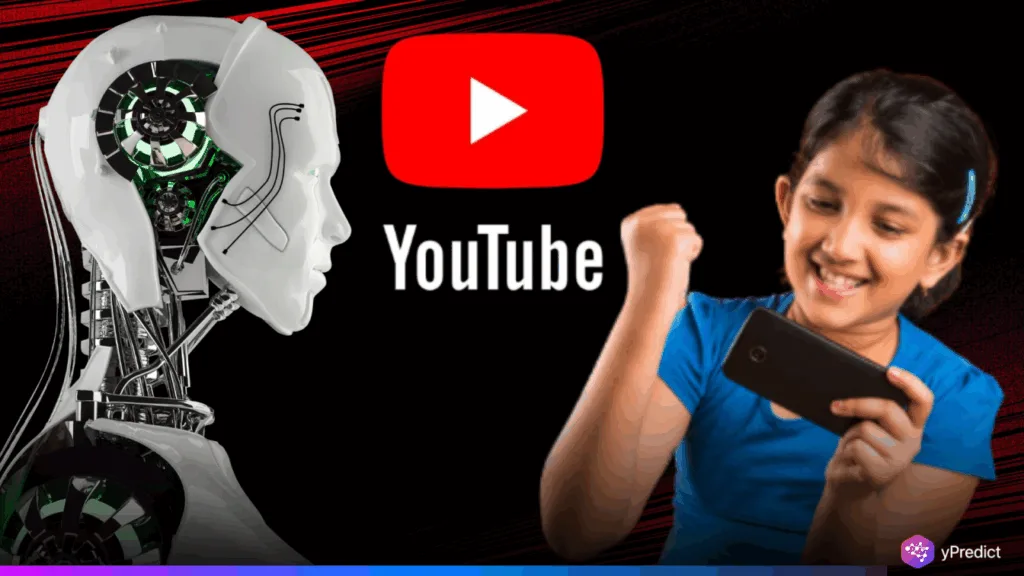
YouTube is coming out with an artificial intelligence-based system capable of identifying underage users. Even in cases where they enter inaccurate birth dates. Scheduled to launch in the United States on August 13, 2025, the technology checks behavioral patterns. Such as viewing activities or search history, and account age rather than using only self-reported data. As soon as the system confirms that an account owner is a potential teen, YouTube AI kicks in protection measures. Including shutting down personalized advertisements and barring age-restricted content.
AI-Powered Behavior Tracking Enables Real-Time Teen Detection
The new system of YouTube AI does not require a person to repeat their age. When it comes to repeated use of the site. Instead, it monitors user behavior. The AI algorithm looks at the type of videos people watch and their searches. It also looks at the age of the account. Drinking, seeing a lot of gaming, school-related, or animation content may be red flags. If the system deems a user to be most likely below 18. The same level of protection afforded to those users who self-identify as being a teen is activated.
This AI model performs its actions in the background without the user knowing. As opposed to age gates utilized in the past, which are easy to bypass using some cunning among savvy teens. It also constantly assesses behavior and reacts by setting things, which forms a more dynamic and precise safety net. Its system is also mixed with digital well-being tools and privacy notices to make it safer and less commercialized, first and foremost, for the teen users. This change is a critical change in age verification management.
System Offers Protections for Teens and Appeal Process for Adults
Once flagged as under 18, users will no longer see targeted ads. Instead, they’ll get generic ads, similar to those shown when ad personalization is disabled. They’ll also see fewer repetitive or potentially harmful recommendations, particularly around sensitive areas like self-image. This will result in a privacy prompt when the flagged users attempt to upload videos or comment. They also include the methods of screen time in YouTube, such as the notifications saying it is time to take a break. The latter are intended to take care of the mental health of minors and reduce the risk of exposure to age-inappropriate material.
Nevertheless, to consider the danger of misclassification, it is stated that the adult users also have the opportunity to confirm their age. They can accomplish this by uploading their government ID or credit card information or by holding up a real-time selfie. Should the verification be successful, all content and monetization are unlocked. Although this increases the complexity, this is a response to what is increasingly being demanded of governments and regulators. Age checks and more control over the content of platforms used by children and adolescents are demanded by laws across the U.S., U.K., and E.U.
YouTube’s Age AI Marks a Turning Point in Online Child Safety
Age detection AI on YouTube is a risky step that is going to change the way tech protection services approach minors. The move to behavior-based ID, as opposed to age checks, could finally bridge the gap that was being used by underage makers. Such a system has the potential to become a new worldwide norm. Some creators will lose ad revenue, and some adults will have to check the identity of others, but at the end of the day, this could make the digital world safer and more responsible for everyone involved. YouTube AI is placing its bets that it is not an old regulatory form that leads to online safety in the AI era, but smart automation.






